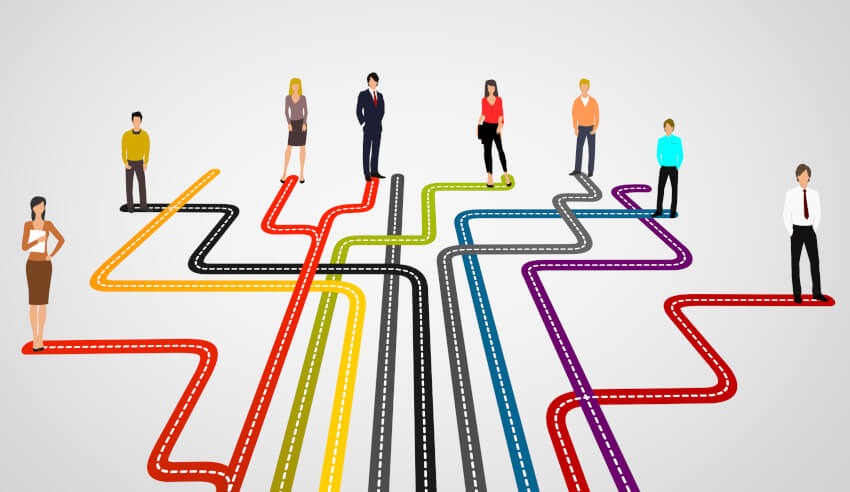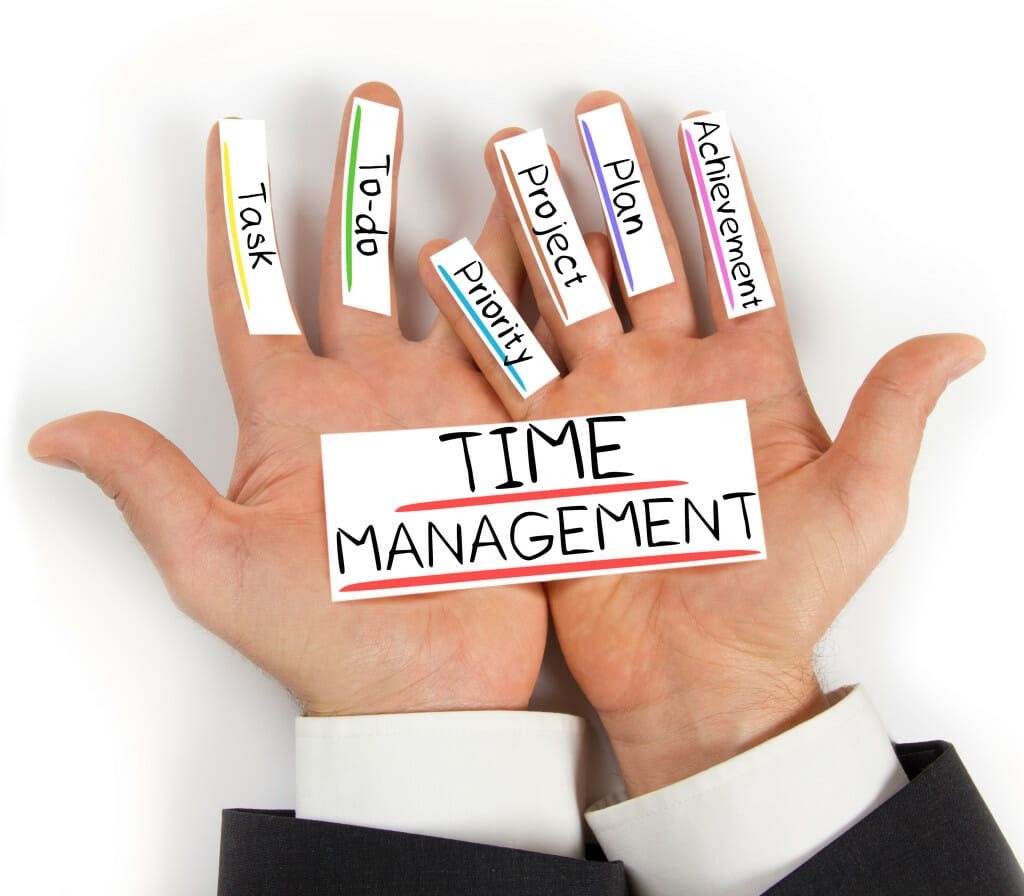1. Start Your Day with a Brain Dump
Waking up with a head full of tasks can be overwhelming. Instead of letting thoughts swirl around aimlessly, write them down.
How it works:
-
Spend 5–10 minutes each morning listing everything on your mind—tasks, reminders, ideas.
-
This clears mental clutter and gives you a clearer starting point.
Once it’s all out on paper, identify the top 3 priorities for the day. Focus on those first.
2. Use the “Two-Minute Rule”
From emails to minor chores, small tasks pile up quickly and can drain your focus later.
The rule: If a task takes less than two minutes, do it immediately.
Reply to that quick email. Toss the trash. Refill the printer. These tiny wins build momentum and prevent a backlog of minor distractions.
3. Time Block Your Calendar
Ever spend a day “winging it” and wonder where the time went? Time blocking solves this by assigning specific time slots to specific activities.
Steps to try:
-
Divide your workday into blocks (e.g., 9–10 AM for emails, 10–12 PM for deep work).
-
Include buffer zones for breaks or catch-up time.
-
Stick to the schedule like you would a meeting.
Time blocking creates structure, reduces decision fatigue, and helps you stay on task.
4. Tame Your Tech Distractions
Our phones and laptops are productivity tools—but also productivity killers. Constant pings, tabs, and apps can destroy focus.
Quick tips:
-
Turn off non-essential notifications.
-
Use “Do Not Disturb” or “Focus Mode” during work sessions.
-
Try browser extensions like StayFocusd to block distracting websites.
For tasks requiring deep concentration, put your phone in another room. Out of sight, out of mind works wonders.
5. Work in Sprints, Not Marathons
Your brain isn’t built to concentrate for hours on end. Instead, use short, focused sprints.
The Pomodoro Technique:
-
Work for 25 minutes.
-
Take a 5-minute break.
-
After four rounds, take a 15–30-minute break.
These short bursts improve concentration and make it easier to start tasks—especially ones you’ve been avoiding.
6. Declutter Your Physical Space
A messy desk leads to a messy mind. Visual clutter can cause subtle stress and make it harder to focus.
Simple actions:
-
Clear your desk at the end of each day.
-
Keep only essentials within reach.
-
Use trays or drawers to organize supplies.
Even a five-minute tidy-up can improve your sense of control and help your brain settle into work mode faster.
7. Use the “Eisenhower Matrix” to Prioritize
Not all tasks are equally important. Learning to separate urgent from important can help you work smarter.
The Eisenhower Matrix:
-
Urgent & Important: Do it now.
-
Important, Not Urgent: Schedule it.
-
Urgent, Not Important: Delegate it.
-
Not Urgent & Not Important: Delete it.
This method prevents you from reacting to every ping and teaches you to prioritize what actually moves the needle.
8. Batch Similar Tasks Together
Jumping between unrelated tasks wastes energy and time. Batching helps you maintain focus and efficiency.
Examples:
-
Check and reply to emails at set times (e.g., 10 AM and 4 PM).
-
Do all admin tasks back-to-back (e.g., invoicing, data entry).
-
Make all phone calls in one time block.
Your brain will thank you for reducing the mental gear-shifting.
9. Set Boundaries (and Stick to Them)
Whether you work from home or in an office, boundaries are crucial for protecting focus.
Try this:
-
Block out “focus hours” where you don’t take calls or check messages.
-
Communicate your availability to colleagues or family members.
-
Avoid saying “yes” to everything—learn to say, “I’ll check and get back to you.”
Boundaries aren’t selfish—they’re essential to getting quality work done.
10. Reflect and Adjust Daily
At the end of the day, take five minutes to review:
-
What did I accomplish?
-
What slowed me down?
-
What can I improve tomorrow?
Even a short reflection helps you course-correct and builds self-awareness around your productivity habits.
Final Thoughts: It’s the Little Things
Productivity isn’t about doing more—it’s about doing what matters, more effectively. You don’t need complicated systems or miracle apps. Small changes, consistently applied, can lead to big results.
Pick two or three of these tricks and start experimenting. Notice what works, what doesn’t, and adjust as you go. Productivity is personal—make it work for you, not the other way around.
Your time is valuable. Spend it on what counts.









